There are five national parks in Iceland. They are:
- Vatnajökull National Park
- Þingvellir National Park
- Snæfellsjökull National Park
- Jökulsárgljúfur National Park
- Skaftafell National Park
is Thingvellir National Park (Þingvellir in Icelandic), located in southwestern Iceland. Þingvellir is not only a UNESCO World Heritage Site ess the dramatic rift valley created by the diverging plates, explore the historic site of the Alþingi, and snorkel or dive in the Silfra Fissure, where the crystal-clear waters provide a unique view of the tectonic boundary.
Iceland, the land of fire and ice, is home to three official national parks that showcase the island’s dramatic and diverse landscapes. These parks provide an exceptional window into Iceland’s geological, ecological, and cultural history. The combination of volcanic activity, glaciers, waterfalls, and abundant wildlife make Iceland’s national parks some of the most unique and captivating destinations in the world. The country’s five national parks—Vatnajökull National Park, Þingvellir National Park, Jokulsargljutur National Park, Skaftafell National Park, and Snæfellsjökull National Park—are diverse in their ecological offerings, each reflecting different aspects of Iceland’s natural splendor.
Vatnajökull National Park is not only Iceland’s largest national park but also one of the largest in Europe. Spanning nearly 14% of Iceland’s landmass, it encompasses immense glaciers, volcanic systems, and geothermal areas. The park is a dynamic interplay of ice and fire, with glaciers such as Vatnajökull dominating the landscape alongside active volcanoes like Grímsvötn and Bárðarbunga. The dramatic ice caves and the towering waterfall Dettifoss, often referred to as Europe’s most powerful waterfall, are highlights. This park supports unique flora and fauna adapted to extreme conditions, including Arctic foxes and numerous bird species.
Thingvellir National Park (locally known as Þingvellir National Park) is a UNESCO World Heritage Site and holds profound historical and geological significance. It is the site of the world’s first parliament, the Althing, established in 930 AD, and serves as a testament to Iceland’s deep cultural heritage. Geologically, it lies at the rift valley where the Eurasian and North American tectonic plates diverge, creating striking fissures and underwater rifts like Silfra, famous for snorkeling and diving. The park’s scenic beauty is enhanced by Lake Þingvallavatn, Iceland’s largest natural lake, which hosts a rich aquatic ecosystem.
Snæfellsjökull National Park, located on the Snæfellsnes Peninsula, is dominated by the iconic Snæfellsjökull volcano and glacier, immortalized in Jules Verne’s Journey to the Center of the Earth. This park is smaller but no less spectacular, with its dramatic coastal cliffs, lava fields, and black sand beaches. It is also a haven for birdwatchers and marine life enthusiasts, with puffins, seals, and occasionally whales making appearances.
Conservation in Iceland’s national parks faces challenges from increasing tourism and the impacts of climate change, which accelerate glacial melting and disrupt ecosystems. However, Iceland has made strides in sustainable tourism and environmental education, promoting responsible travel practices. Protective measures, such as limiting access to vulnerable areas and investing in infrastructure to manage visitor impact, have proven effective in balancing conservation and accessibility.
Iceland’s national parks are a testament to the country’s dedication to preserving its natural and cultural heritage. These parks invite exploration and reflection, offering a unique perspective on the delicate balance of life in an ever-changing landscape.
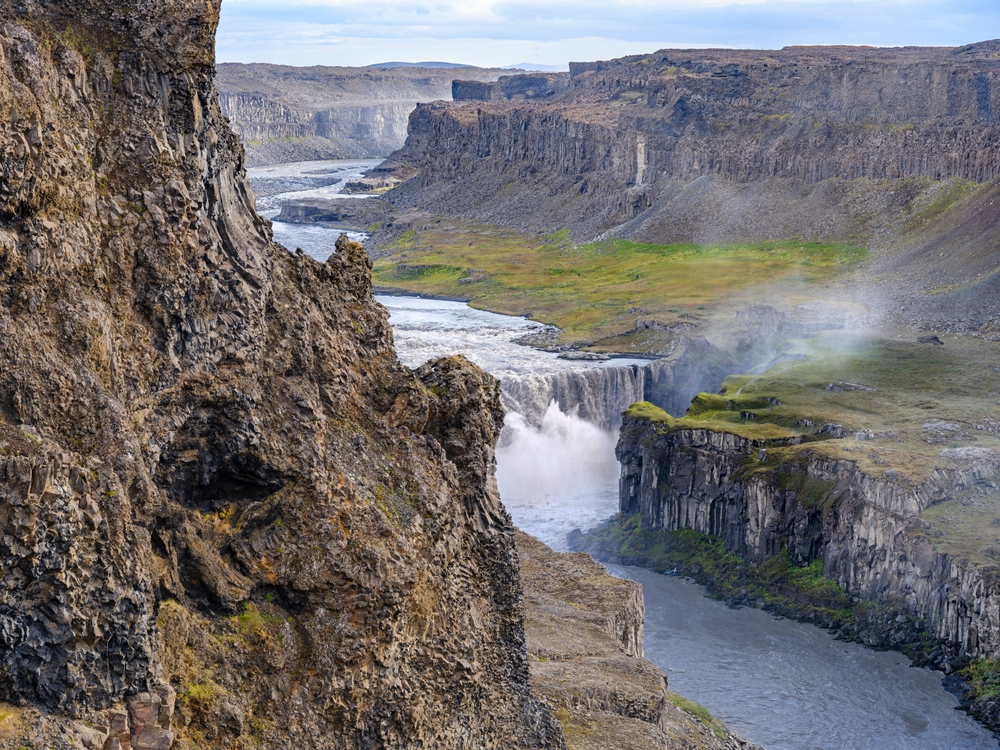
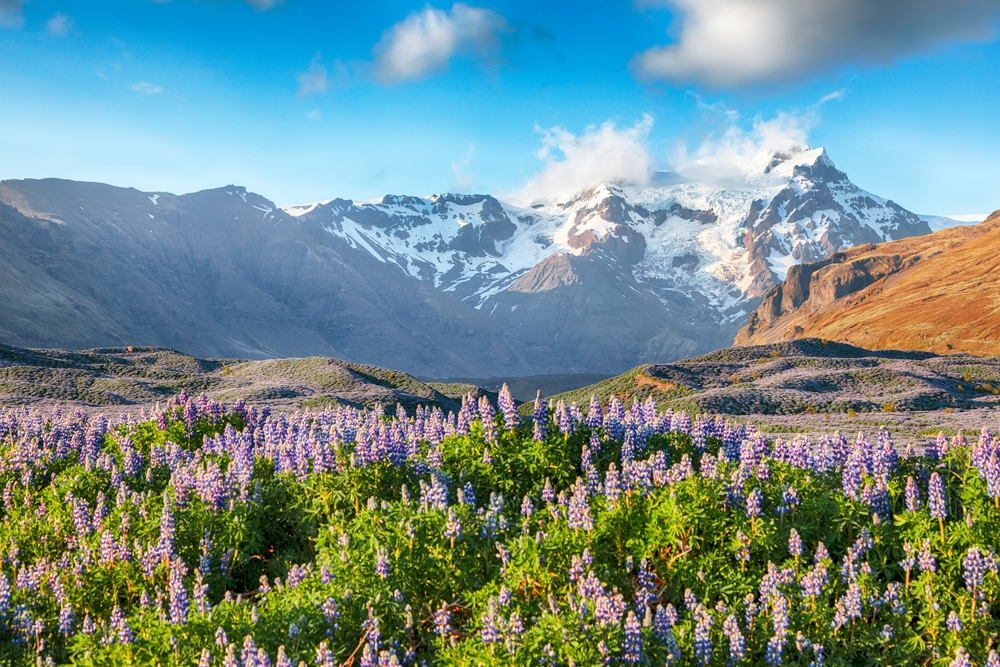
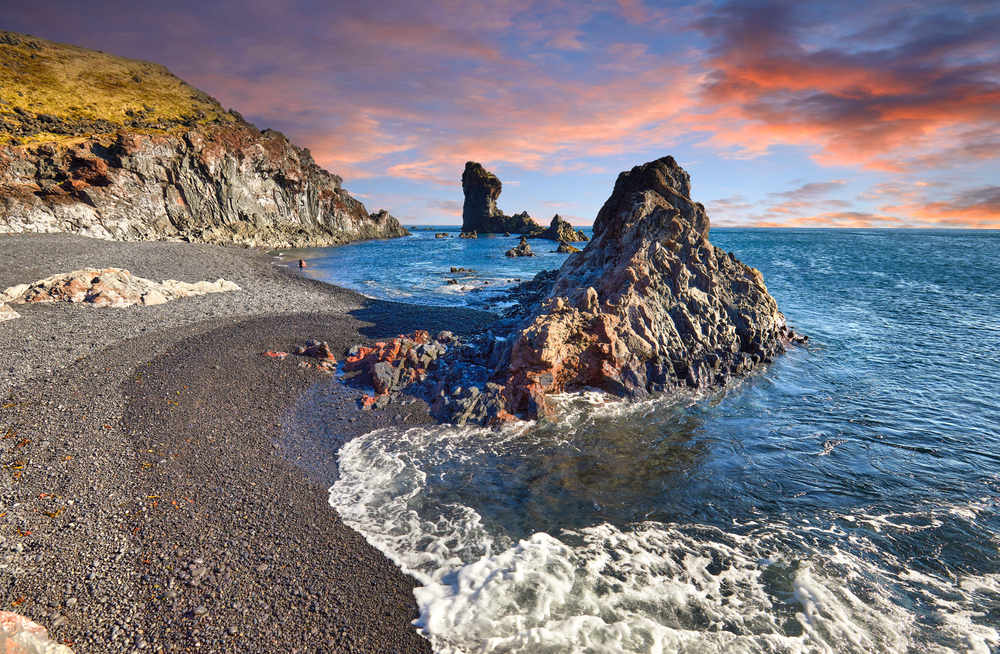
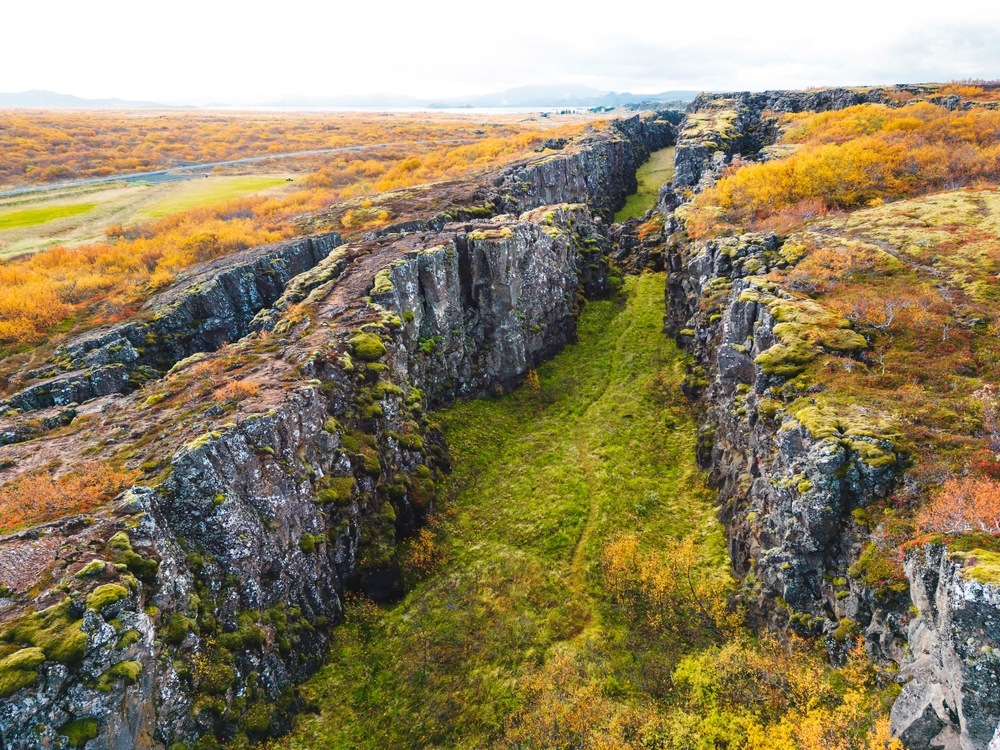
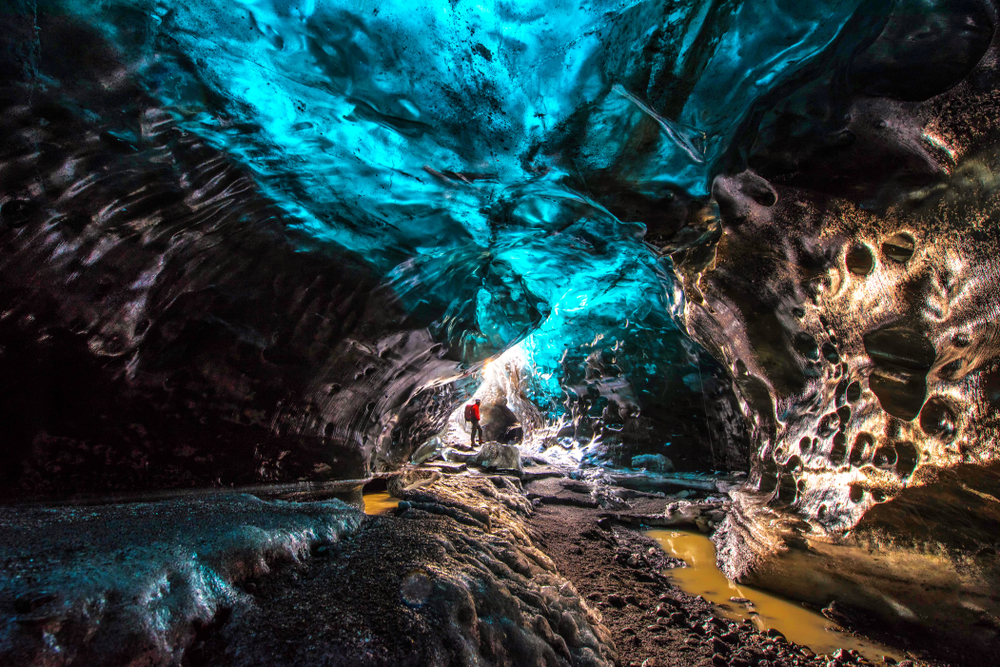
There are five national parks in Iceland. They are:
The largest national park in Iceland is Vatnajökull National Park (Vatnajökulsþjóðgarður). It covers a vast area of approximately 14,141 square kilometers (about 5,460 square miles). Vatnajökull National Park is located in the southeastern part of Iceland and is named after Vatnajökull,
Europe’s largest glacier, which dominates much of the park’s landscape. The park encompasses diverse natural features, including glaciers, ice caps, volcanoes, lava fields, rivers, and waterfalls. It also includes several sub-glacial volcanoes and the famous Jökulsárlón glacial lagoon.
Vatnajökull National Park was established in 2008 by merging several existing protected areas, and it is recognized for its outstanding natural beauty, geological significance, and ecological importance.
The smallest national park in Iceland is Snæfellsjökull National Park (Snæfellsjökulsþjóðgarður). It covers an area of approximately 170 square kilometers (about 65 square miles). Snæfellsjökull National Park is located on the Snæfellsnes Peninsula in western Iceland and is named after Snæfellsjökull, a glacier-capped stratovolcano that is the park’s most prominent feature.
The park encompasses diverse landscapes, including volcanic peaks, lava fields, coastal cliffs, and sandy beaches. It is renowned for its scenic beauty, rich geological formations, and cultural significance, as it is believed to be one of Earth’s spiritual centers in Icelandic folklore and literature.
Snæfellsjökull National Park offers visitors opportunities for hiking, birdwatching, wildlife spotting, and exploring its unique geological features, including lava tubes and sea caves.
The first national park established in Iceland was Thingvellir National Park (Þingvellir þjóðgarður). It was founded in 1930, making it the oldest national park in Iceland. Located in southwestern Iceland, Thingvellir National Park is renowned for its historical, cultural, and geological significance.
It encompasses an area of approximately 237 square kilometers (about 91 square miles) and is known for its dramatic rift valley, formed by the separation of the North American and Eurasian tectonic plates. Additionally, Þingvellir is the site of Iceland’s first Parliament, the Alþingi, established in AD 930, making it one of the world’s oldest parliaments.
The park’s unique geological features and historical importance led to its designation as a UNESCO World Heritage Site in 2004. Þingvellir National Park attracts visitors with its stunning landscapes, hiking trails, and cultural heritage sites.
The most popular national park in Iceland is Thingvellir National Park. This UNESCO World Heritage Site holds immense historical and geological significance, as it was the site of the world’s first parliament, the Althing, established in 930 AD. Located in a rift valley where the North American and Eurasian tectonic plates meet, Þingvellir offers breathtaking landscapes of rugged cliffs, lava fields, and clear glacial waters. Visitors come for hiking, snorkeling in the Silfra Fissure, and exploring the rich history of Iceland’s parliament.
Iceland protects approximately 12% of its total land area through its three national parks: Þingvellir, Vatnajökull, and Snæfellsjökull. This amounts to about 12,355 square miles (32,000 square kilometers).
Vatnajökull National Park, one of the largest in Europe, covers vast glaciers, geothermal areas, and volcanic landscapes, further emphasizing Iceland’s commitment to conserving its unique environments.
Apart from national parks, Iceland has numerous other protected areas, including nature reserves, protected bird sanctuaries, and geothermal areas.
Notable reserves include Hveravellir, a geothermal hotspot, and Mývatn, known for its volcanic landscapes and diverse birdlife. These areas are critical for protecting Iceland’s fragile ecosystems and endemic species.
Iceland is renowned for its stunning waterfalls such as Gullfoss and Skógafoss, geothermal wonders like Geysir and the Blue Lagoon, and the Jökulsárlón Glacier Lagoon, where icebergs float in pristine waters.
The country’s volcanoes, lava fields, and the dramatic Northern Lights also make it a major nature destination for visitors worldwide.
Iceland’s isolated ecosystem is home to unique species such as the Icelandic Arctic fox, the only native terrestrial mammal. The Icelandic horse, though not endemic, is a distinctive breed known for its strength and unique gait. Additionally, Icelandic sheep are notable for their hardiness and adaptability to the island’s rugged terrain.
Iceland’s main international airport is Keflavík International Airport (IATA code: KEF), located about 31 miles (50 kilometers) southwest of the capital, Reykjavík.
The following international airline companies fly into Iceland:
Iceland’s national parks are managed by the Icelandic Environment Agency. This governmental body oversees conservation efforts, tourism management, and research in Iceland’s protected areas.
For more information, visit www.ust.is.